Today I’m speaking with Rachel Fershleiser, who describes herself this way, “I’m someone who gets really psyched about books on the internet, and I help others do it too.” I am so inspired by not just the scope of Rachel’s work over the years, but how much she is an enthusiastic champion for others.
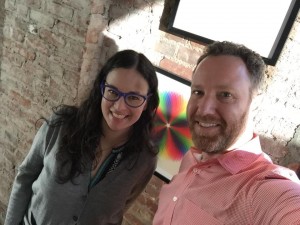
- How her career has been driven by enthusiasm, not blindly pursuing job titles
- The role that volunteering for organizations and championing others has played in her life
- How she collaborated with others to organize hundreds of live events
- The story behind crafting a “feisty” voice online, and where her boundaries are
- When she knew the time was right for a big career move
- The value of embracing individual connections that are meaningful, not ‘going viral’
Some background: Rachel Fershleiser works on Tumblr’s outreach team, specializing in publishing, nonprofit, and cultural organizations. Previously she was the community manager at Bookish and the director of public programs at Housing Works Bookstore Café, where she now serves on the board of directors. She is also the co-creator of Six-Word Memoirs and co-editor of the New York Times bestseller Not Quite What I Was Planning and three other books.
Her Kickstarter campaign for Stock Tips: A Zine about Soup earned 13 times its initial funding goal. She also runs The Reblog Book Club which is Tumblr’s Official Book Club.
Click ‘play’ above to listen to the podcast, or subscribe on iTunes, or download the MP3.
This podcast is part of the research for a book I am writing called Dabblers vs. Doers, which is about working through RISK as you develop your craft and build a meaningful body of work.
Here are some key insights that Rachel shared with me…
When Pigeonholed in Jobs She Didn’t Love, She Said, “Let’s Recalibrate”
“I did PR for broadway shows, I didn’t necessarily want to do PR, or even knew what PR was. I wanted to make people excited about theater.”
“Then, when I was unemployed, all I wanted to do was read books. But I wasn’t one of these people who wanted to work in publishing my whole life. When I went to look for publishing jobs, I was applying for editorial assistant. They were like, ‘Oh, you have PR experience.’ I went in for an editorial job, and was offered a PR job.”
“So I said, ‘Okay, I’ll make people really excited about books!'”
But PR isn’t all about enthusiasm, you are given books to work with, not all of them you are genuinely excited about. Rachel continues…
“I quit my job without another job lined up. But I was living in a 6-floor walk up with 3 other girls; I was paying $700 rent; I did not have a lot of debt; I was not taking money from my parents, but knew I could if the situation got desperate; I had no kids or responsibilities; so I figured: let’s recalibrate.”
Volunteering
Rachel chooses to volunteer; chooses to get involved; chooses to champion things. This is a thread throughout her career.
She started at the most basic level at Housing Works Bookstore, and worked through the ranks and got more involved. “I was a volunteer (four hours per week), then I was a part-time bookseller, then I was a full-time bookseller, I was director of public programs, and now I’m on the board.”
Rachel’s other volunteer work includes:
- Housing Works Bookstore
- Wordstock Advisory Committee
- National Book Foundation
- Committee for The Common literary magazine benefit
- The Guernica magazine benefit
- LitCrawl
- CLMP
Collaboration Mastermind: Organizing Hundreds of Events
At Housing Works Bookstore, she crafted events with others in a collaborative manner, and didn’t just book basic readings. She crafted readings, book launch parties, poetry, dance events, music concerts, and more.
Her specialty? “My passion is like, okay, we’ve got four different debut novels with a thru-line, and if we get all of those writers together, and get this band to play, then we show this animated short, then we have a cafe special that is on-theme, then we have a photo booth, then we put clips from the event up on the internet… that whole mishmash of different literary-ish things.”
She would ask, “What can we do to bring together different fan bases? We did crazy things like have Salman Rushdie read with a progressive rock band that had written an album based on one of his essays. We put him in this big leather armchair, and then there are these punk boys behind him. That was the kind of thing where some people came for the writing, and didn’t know anything about the band; some people came for the band, and didn’t know anything about the writing. We were like, ‘Let’s all get together and see what happens.'”
How did she collaborate on so many events across such a broad range of fields? “A lot of it stems from knowing what you don’t know. I don’t know anything about music; I don’t know a lot about pop culture; I don’t know a lot about comics; I don’t know a lot about poetry; I can go on for a long time. So the ability to be like, ‘You know a lot about poetry, come here. Who do you think should read with this band?’ that isn’t me being generous, that is me stealing other people’s brains. It’s benefiting from all different kinds of expertise.”
This was an incredible insight, that she saw the gaps she had in knowledge as an opportunity to ask questions, to collaborate, and take chances. I feel like so many people stop pursuing creative ideas with the phrase ‘I don’t know.’ But for Rachel, that was the instigation to keep exploring.
“It’s an interesting idea, the ‘voice’ of a bookstore, because theoretically it is a physical space and a small business. And this is what I will take full credit for is that before I started at Housing Works Bookstore, there was no social media, very little web presence, and there was basically no way of communicating with our patrons and wider community. I was not very digital and not very into internet culture. But what I had was a zero dollar marketing budget, and I was supposed to turn this place from a ‘best-kept secret’ into a city-wide institution with no resources to get the word out. What resources did I have? Tumblr, Twitter, Facebook, Foursquare. We were the first bookstore on Tumblr. And the voice was me, basically. I certainly exercised care and realized I was speaking for a larger institution, but the ability to put personality into it makes a huge difference. People want to show up and hang out. Housing Works values and my values are very much aligned.”
“I’m a woman on the internet. Yes I get hate mail.”
She describes her public voice as “feisty.” I asked her how becoming more honest online has affected her ability to be employed; in other words, so many people are afraid to be themselves publicly because they fear it may offend a potential employer. She responded, “I can’t imagine where I would want to work, that doesn’t value the things that I value. At this point in my life, I am much more likely to get hired for my public persona, than to not get hired because of it.”
She does have her own boundaries for what she shares. She never says anything bad a bout a book, and is never “unkind” to people to come to events and communities she is a part of.
When I asked if there is a flipside, if she gets hate mail, she responded, “I’m a woman on the internet. Yes I get hate mail.” She then referenced this episode of This American Life, where Lindy West has a conversation with her biggest online troll.
On Making a Big Career Move
After years of working at Housing Works, which she loved, she decided to leave. Why?
“There are the very real practicalities of working for a small nonprofit… you don’t have resources to do anything. A lot of my creativity stemmed from not having resources, but I was there till midnight every night stacking the chairs, taking out the trash — you don’t have your own life.”
She moved on to a startup called Bookish, which she described as “using the internet to bring readers together,” how that perfectly aligned with what she wanted to do. It gave her a growth opportunity, even though the site turned out to not live up to its promise.
Then, Tumblr came to her. To work with publishers, authors, libraries and bookstores in a community that she understands and loves. “I had been an author, at publishers, a bookstore, nonprofits, so I had a sense of what these groups needed from a platform.”
Embracing the Small
On engaging directly with readers online:
“A lot of writers are terrified of people saying ‘you have to do this brand new thing that is nothing like you have ever done, and nothing like you have ever wanted to do.’ That is not how I look at it, at all. You are a reader, you are a writer, you are a person who likes books, and probably likes talking about them. Here is one more step on how to do it. That is what I mean with start small. The idea of starting a ‘social media platform’ is terrifying. But, Tweet the last book you loved, and some people will fav it, and one person will write back and say ‘I loved it too,” this is human interaction that an author would enjoy having. Just seeing it as another way for readers and writers connecting.”
“That is my whole vision of this. I’m not promising you 100,000 new fans. I’m saying that you will find the four people who already love your book, then you’ll find the six people who listen to the books they recommend, then you’ll find the 12 people who read one of their books, then you will get to do an event because one of those people invited you to it, then 50 people will come to it… you are collecting, over your career, more and more people who are just like in your boat. And those people have an audience, even people who don’t think they have an audience.”
We ended on this note, which was so perfect: “I am trying to have a career that I am genuinely passionate about.”
Thank you to Rachel for making the time to meet with me and share her wisdom. You can find her in the following places:
http://rachelfershleiser.com
https://twitter.com/RachelFersh
For more interviews and behind-the-scenes stuff on my book Dabblers vs. Doers, click here.
Thank you!
-Dan
Podcast: Play in new window | Download
Subscribe: RSS

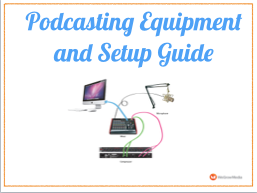
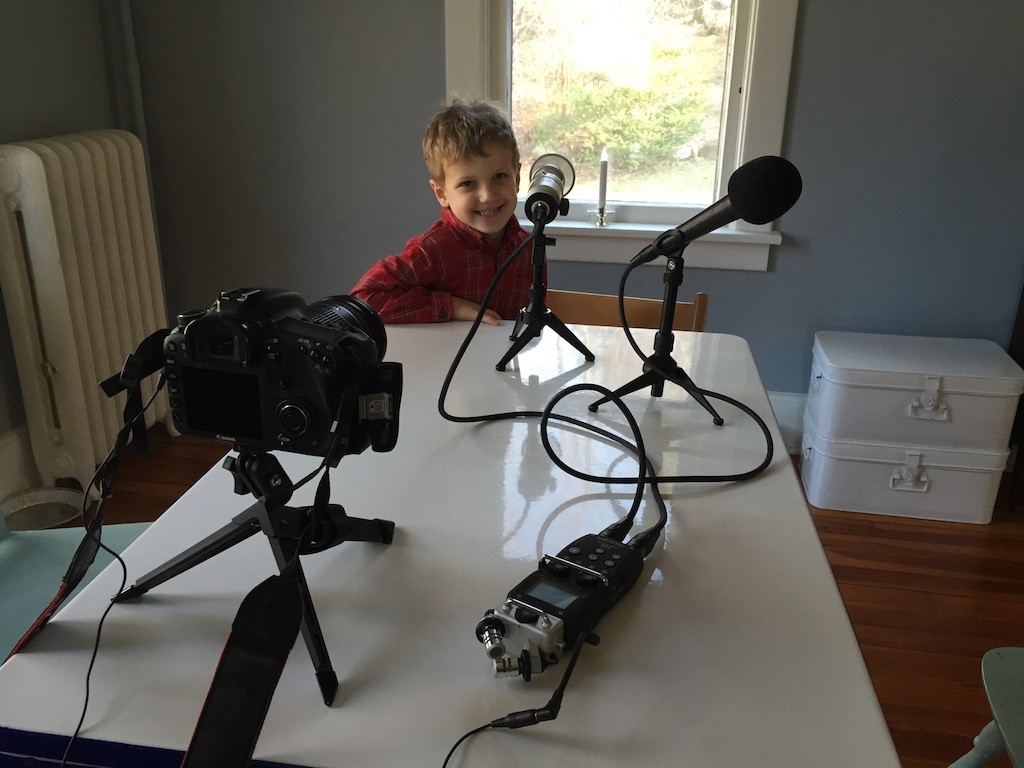
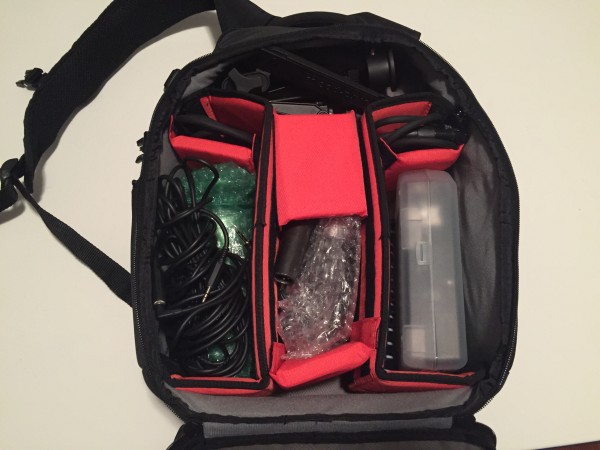
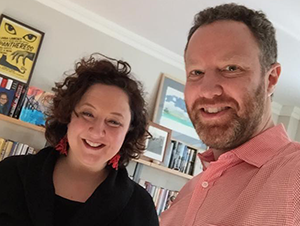
 This podcast is part of the research for a book I am writing called
This podcast is part of the research for a book I am writing called